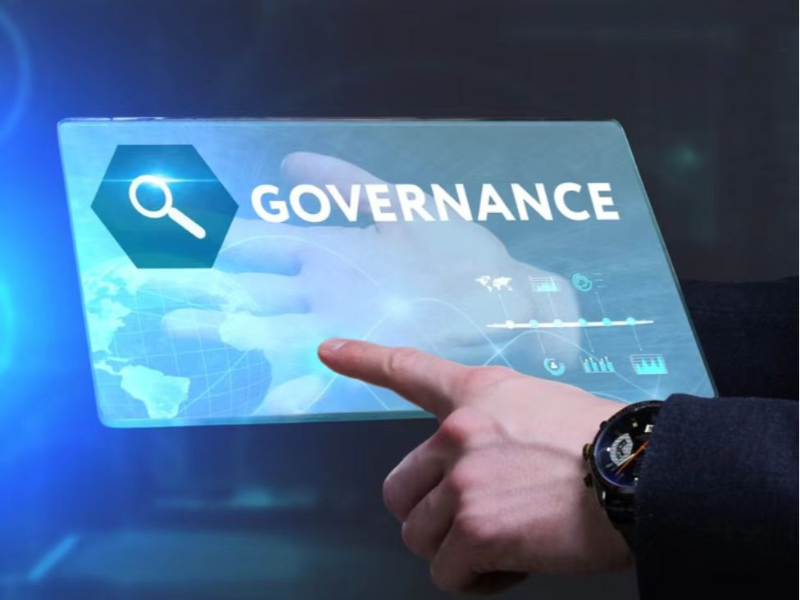- ICANN is the administrative body for the allocation of Internet domain names and IP addresses, and its multi-stakeholder governance model is an innovative example of global Internet governance.
- ITU, as a specialised agency of the United Nations, plays an important role in promoting the narrowing of the global digital divide, cybersecurity, data protection, and other international issues related to communications technology.
- IGF successfully facilitates dialogue and discussion on Internet governance at the global and regional levels. Providing a venue for participants from diverse backgrounds to discuss public policy issues that are closely related to the sustainable development, security, stability, and openness of the Internet.
Global Internet governance involves a wide range of stakeholders, including government agencies, international organisations, the private sector, and civil society, who play a key role in the openness, security, and stability of the Internet.
Also read: UN Internet Governance Forum to be held in Riyadh in December
Internet Corporation for Assigned Names and Numbers (ICANN)
ICANN is the non-profit organisation responsible for managing the global Internet Domain Name System (DNS). Its primary responsibilities include allocating IP addresses, administering the top-level domain name system, and maintaining the stability and security of the Internet as a whole.
One of ICANN’s best-known initiatives is the Global Top-Level Domain (gTLD) expansion programme, launched in 2012. This programme dramatically increased the number of available top-level domains to include new gTLDs such as .bike, and .clothing, in addition to the traditional .com, and .org.
The goal of this initiative was to increase innovation and choice on the web and to give businesses and individuals more opportunities to express their brands. The move has also sparked a wide-ranging debate about domain name management, intellectual property rights and competition in the marketplace.
ICANN adopts a multi-stakeholder governance model that includes representatives of individual users, business interests, governments, and international organisations. This structure is designed to ensure the smooth operation of the global Internet identification system while maintaining a balance of interests among all parties.
ICANN has historically been criticised for not being sufficiently transparent in its decision-making process, making it difficult for the public to participate in or monitor its decisions. While improvements have been made in recent years, issues of transparency and accountability remain.
Also read: What is ICANN? Inside the non-profit org that ensures the stability of the internet
International Telecommunication Union (ITU)
The ITU‘s governance structure is based on the decisions of its member states, which include 193 member states and about 800 private companies and academic institutions. This broad membership structure enables the ITU to pool global resources to form widely recognised telecommunications standards.
The ITU is responsible for the global allocation of the radio frequency spectrum, ensuring its rational and efficient use, avoiding interference, and optimising global coverage. Through its regular Radiocommunication Conferences (WRCs), the ITU updates and revises the radio rules, adapting them to the needs of new communication technologies and services.
Internet Governance Forum (IGF)
IGF is a global, multi-stakeholder platform that successfully facilitates dialogue and discussion on Internet governance at the global and regional levels through annual meetings and various networking events.
The annual IGF meetings bring together representatives from governments, the private sector, the technology community, academia and civil society to discuss key topics such as data protection, cybersecurity, Internet economics, technology and standards. This inclusive dialogue provides an opportunity to forge a broad consensus.
The IGF does not make policy itself, but the insights and recommendations it provides often influence global and regional policymaking.

